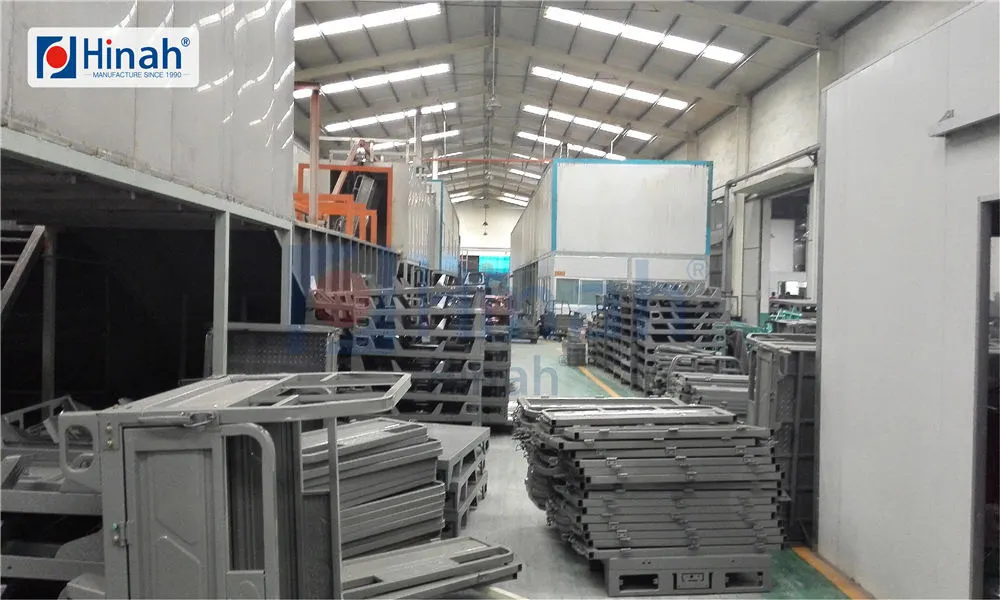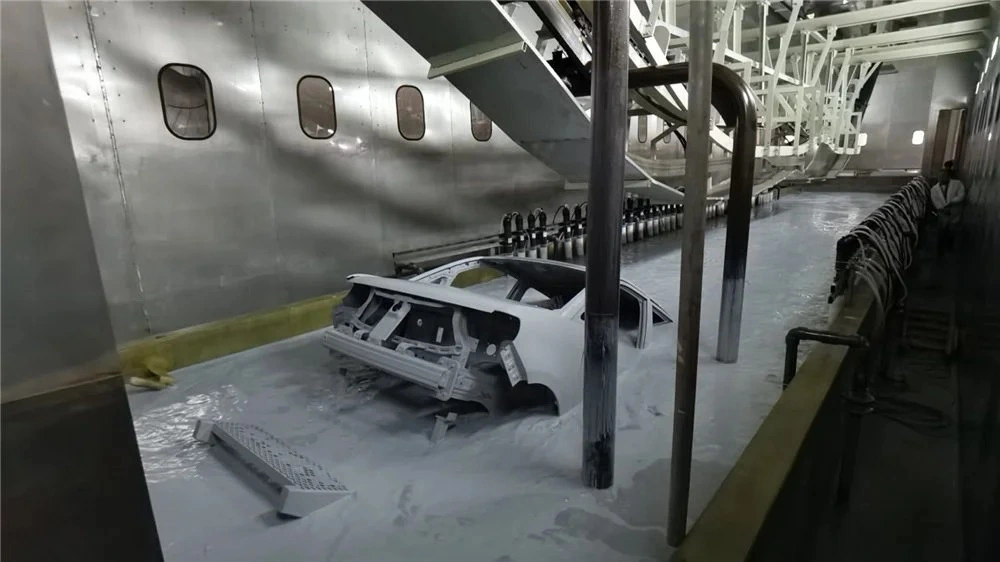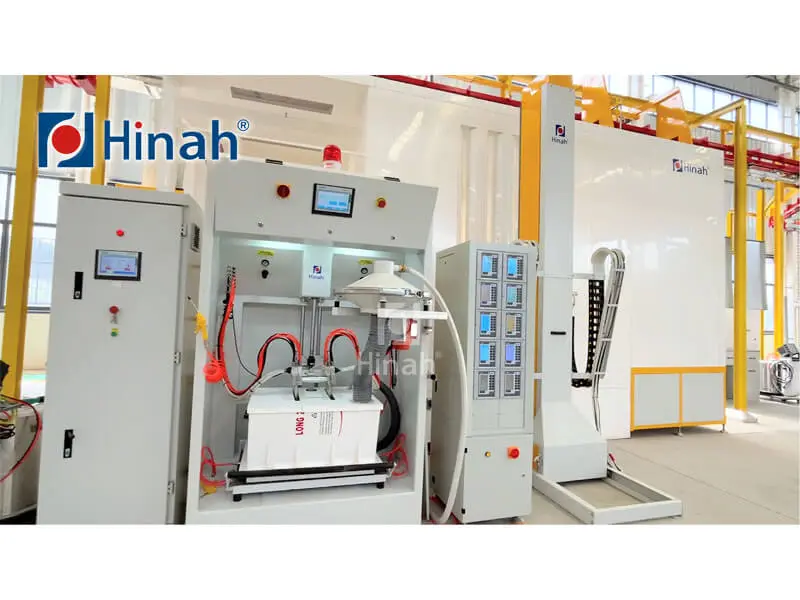In today's competitive manufacturing landscape, a high-performance finish is not just about aesthetics; it's a crucial component of product durability, corrosion resistance, and overall value. For businesses seeking to upgrade their operations or establish a new coating line, finding the right powder coating system for sale is a pivotal decision. The market is flooded with options, from simple manual setups to fully automated custom powder coating lines. Navigating this landscape requires a clear understanding of your needs, the technology available, and the reliability of the supplier. This comprehensive guide, powered by HANNA's decades of expertise, will walk you through the seven critical factors to ensure you make an informed investment that boosts your productivity and bottom line.
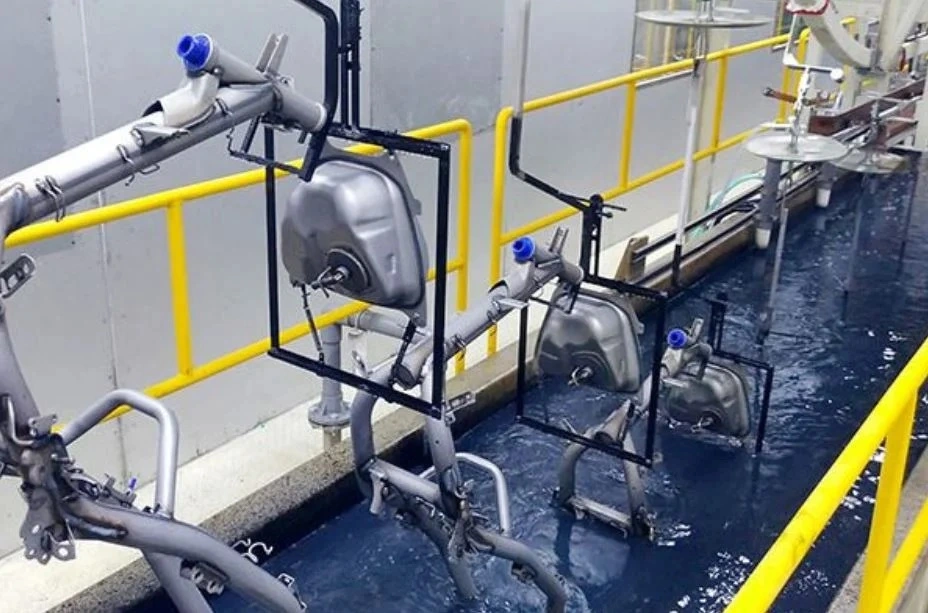
1. Understanding Your Application Needs: The Foundation of Your Purchase
Before you even begin searching for a powder coating system for sale, you must conduct a thorough analysis of your specific application requirements. This initial step will define every subsequent choice.
Part Size and Geometry: What are the dimensions of the largest and smallest parts you will coat? Do they have complex geometries, deep recesses, or sharp edges that require precise electrostatic control?
Production Volume and Throughput: How many parts do you need to coat per hour or per shift? This determines whether you need a batch powder coating oven or a continuous conveyorized system.
Material and Substrate: Are you primarily coating metals like aluminum, steel, or perhaps a mix? The substrate can influence pre-treatment and curing requirements.
Desired Finish and Quality Standards: What are the specifications for film thickness, gloss, color consistency, and adherence to standards (e.g., ASTM, Qualicoat)? This is where the quality of the powder coating equipment becomes paramount.
2. The Core Components: Deconstructing a Modern Powder Coating System
A complete industrial powder coating system is more than just a spray booth and an oven. It's an integrated process where each component plays a vital role.
Pre-Treatment Stage: This is arguably the most critical phase for finish quality and longevity. It involves cleaning and chemically treating the substrate to remove oils, soils, and rust, and creating a conversion coating (e.g., iron or zinc phosphate) to enhance powder adhesion and corrosion resistance. Options range from spray wash tunnels to immersion tanks.
Application Booth & Recovery System: This is where the powder is applied. Key decisions include manual, automatic, or hybrid application. A high-efficiency recovery system, often using cartridge filters, recycles overspray powder, significantly increasing transfer efficiency and reducing material waste. HANNA's booths are engineered for maximum powder recovery and a clean working environment.
The Curing Oven: The powder coating oven must provide consistent, uniform heat to melt and flow the powder into a continuous film. Electric and gas-fired ovens are common, with choices between convection and infrared heating technologies. Proper airflow and temperature profiling are essential for a perfect cure.
Material Handling & Conveyor: How will parts move through the system? Options include overhead power-and-free conveyors, monorails, and belt conveyors. The system must be designed to handle the weight and size of your parts without causing bottlenecks.
3. Manual vs. Automatic: Choosing Your Application Technology
The choice between manual and automatic application hinges on your production volume, part mix, and required consistency.
Manual Systems: Ideal for low-volume, high-mix production, custom work, or large, bulky items. They offer flexibility but are dependent on operator skill.
Automatic Systems: These systems use fixed or reciprocating guns for high-volume production of similar parts. They deliver unparalleled consistency, higher throughput, and reduce labor costs. For many manufacturers, a hybrid system that combines automatic guns for main areas and manual touch-up guns for recesses offers the best of both worlds.
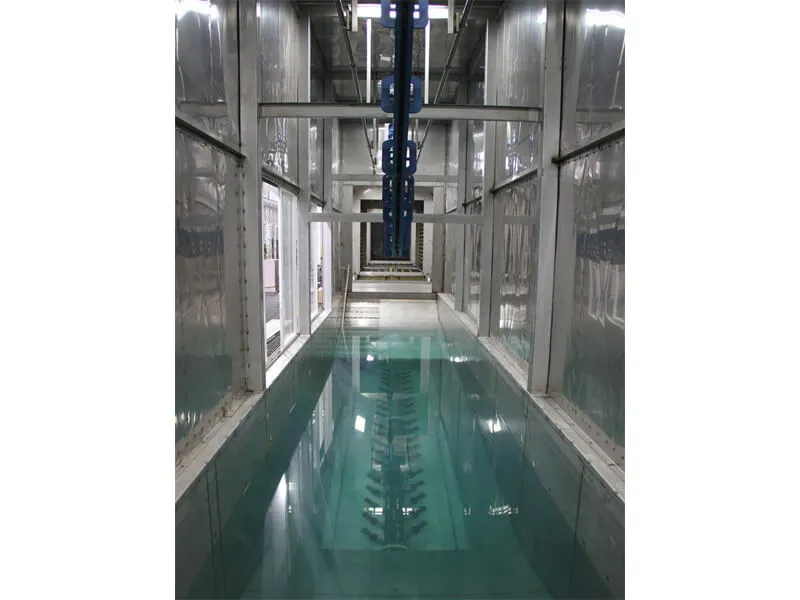
4. The Financials: Navigating Powder Coating System Price and ROI
The powder coating system price can vary dramatically, from a few thousand dollars for a basic setup to several hundred thousand for a fully automated line. It's crucial to look beyond the initial purchase price.
Initial Investment vs. Total Cost of Ownership (TCO): Consider the long-term costs of energy consumption, powder utilization, maintenance, and spare parts. A system from a reputable brand like HANNA, though sometimes a higher initial investment, often delivers a lower TCO through superior efficiency and durability.
Calculating ROI: Factor in increased throughput, reduced reject rates, lower material consumption (thanks to high transfer efficiency), and decreased labor costs. A well-designed system typically pays for itself within a predictable timeframe by streamlining your entire finishing process.
5. The Power of Customization: Why a One-Size-Fits-All Approach Fails
While standard systems exist, most production environments benefit from a degree of customization. A custom powder coating line is tailored to your factory's footprint, production flow, and specific technical requirements. HANNA specializes in engineering solutions that integrate seamlessly into your existing workflow, ensuring optimal performance without wasted space or energy.
6. Why Supplier Selection Matters: The HANNA Advantage
Choosing the right partner is as important as choosing the right powder coating equipment. Look for a supplier with:
Proven Experience: A long track record across various industries.
Technical Support: Robust after-sales service, training, and readily available technical support.
Quality of Manufacturing: Durable construction that promises years of reliable service.
Comprehensive Service Offering: From design and installation to commissioning and maintenance.
HANNA has been a trusted name in the international powder coating market, providing turnkey solutions backed by global engineering support and a commitment to customer success.
7. Future-Proofing Your Investment
Technology evolves. When evaluating a powder coating system for sale, consider its scalability. Can the line be easily expanded or modified to handle new products or increased volume? Investing in a modular system from HANNA ensures your finishing operation can grow and adapt with your business.
Purchasing a powder coating system for sale is a significant strategic decision. By meticulously assessing your application needs, understanding the core technology, evaluating the true cost of ownership, and partnering with an experienced supplier like HANNA, you can invest with confidence. The right system will not only produce a superior finish but will also become a cornerstone of your manufacturing efficiency and profitability for years to come.
Frequently Asked Questions (FAQs)
Q1: What is the typical lead time for a new powder coating system from HANNA?
A1: Lead times can vary depending on the complexity and level of customization of the system. For a standard manual system, delivery might be within 8-10 weeks. For a large, fully automated custom powder coating line, the engineering, manufacturing, and installation process can take 16-24 weeks. HANNA provides a detailed project timeline upon finalizing the system design.
Q2: Can a powder coating system be used for both thermosetting and thermoplastic powders?
A2: The application booth and recovery system are generally compatible with both types. The critical difference lies in the powder coating oven and the curing profile. Thermosetting powders require a specific time-at-temperature to undergo a chemical cross-linking reaction, while thermoplastics simply need to be melted and flowed. A HANNA system can be designed to accommodate the specific curing requirements of the powders you plan to use.
Q3: How much space is typically required for an industrial powder coating system?
A3: Space requirements are highly variable. A compact batch oven for small parts might only need a 20x20 foot area. A continuous conveyorized industrial powder coating system with pre-treatment, application, and curing stages can easily require a space of 100 feet in length or more. HANNA's engineering team specializes in designing space-efficient layouts, including vertical configurations where possible, to maximize your facility's footprint.
Q4: What kind of maintenance does a powder coating system require?
A4: Regular maintenance is key to longevity and consistent performance. Daily tasks include cleaning the application booth and checking fluidizing membranes. Weekly and monthly maintenance involves inspecting and cleaning the recovery system filters, checking oven burners and airflow, and ensuring conveyor components are lubricated. HANNA provides comprehensive maintenance schedules and training for your operators.
Q5: We have unique parts that are difficult to coat evenly. Can HANNA provide a solution?
A5: Absolutely. Challenging parts with complex shapes, Faraday cage effects, or mixed materials are a specialty for HANNA. We can engineer solutions such as specialized gun mounting, the use of tribo-charging guns alongside corona guns, and precise oven profiling to ensure complete and uniform coverage. Our custom powder coating application expertise is designed to solve exactly these kinds of complex finishing challenges.


